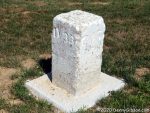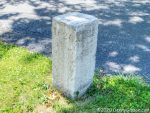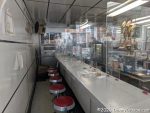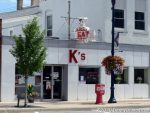I did it again. I dunno, maybe I’m in a rut. I see that last year I had thoughts of Thanksgiving dinner at an Ohio or Indiana state park but waited too long to make reservations. I wrote that only the meal, and not an overnight stay, was actually considered for Ohio so maybe the lodges had already priced themselves out of contention. They certainly had this year, which made me drop them from consideration for the meal so quickly that I can’t say whether or not I would have been too late. But I did pick an Indiana park and I did make a call only to learn that the meal was sold out. Thankfully, Kentucky was there for me once again. BTW, one way of producing a washed-out photo such as this is to grab a camera last used for shooting in the dark and start snapping away without so much as a glance at sensitivity settings and such.
I again picked a park I had never been to in a part of the state that I was pretty unfamiliar with as well. Buckhorn Lake State Resort Park lies about 75 crow miles southeast of Lexington. I decided to reach Lexington on a semi-official Dixie Highway alignment, then head to the park on new-to-me back roads. I feared that the Log Cabin Inn would be closed on Thanksgiving Day but it was serving breakfast and had a sold-out dinner planned for later. Today I learned that the dog-trot cabin that forms the oldest part of the restaurant was moved here from Bardstown in the late 1800s. There’s a giant fireplace in each half of the original cabin and some good advice over the bar.
I called this section of Dixie Highway that passes through Falmouth, KY, while connecting Cincinnati and Lexington, “semi-official” because it was included as an alternate path then the Dixie Highway Association disbanded before an official choice was made between it and the original alignment through Florence, KY. Most of the route has been taken over by KY-17 and US-27 and become quite modern looking but some still looks much like it did when it was the DH. Some of the locals seemed mildly interested in my passing, though others could not care less.
That 75 crow miles between Lexington and Buckhorn Lake State Park became a little more than 110 road miles most of which looked like this. I thoroughly enjoyed the drive but there was near-constant — mostly quite light — rain and I did not take many pictures.
My scheduling was far from precise but at one point it looked like I was going to reach the park with nearly an hour to spare. Then I missed a turn. By the time I realized it and backtracked, all my cushion was gone. I reached the lodge at 3:31 for my 3:30 — last of the day — seating. The girl at the desk correctly guessed my name and I hurried downstairs to the dining room. The platters weren’t overflowing but there was still plenty of turkey, ham, and catfish plus most of the trimmings. Stuffing, it seems, had been depleted before I got there. I avoided a more significant disappointment with a preemptive strike. The dessert area was in full view from my table with the pie table filled with pumpkin and pecan pie when I sat down. At some point, I looked over to see the pumpkin pie side still well populated with just one piece of pecan left. I altered my plans just a bit to park that piece of pecan pie beside my plate while I finished the rest of my meal.
I now had time to check into my room in the lodge. It included a balcony which I’m sure offered a very nice view during warmer months. In late November, it simply let me verify that the pool was closed for the season and so too, apparently, was the lake.
Of course, it was too cold to sit on that balcony and really too cold to explore the park. I did return to the lobby to grab a shot of the Christmas tree and a clearer view of the lake at “low tide”.
As I headed out in the morning, I did a little exploring in the warm dry car which suited me much better than on foot in yesterday’s cold and damp. I’ve assumed that the low lake is an annual thing but don’t really know that and wish now that I had asked. I did not see any black bears but did read the instructions. I did see some other visitors. Only a few rooms were occupied in the lodge last night but a whole bunch of cabins had at least one car parked nearby. State parks are a pretty good place for families to spend holidays.
Then it was quite a few more miles of the sort of road that finished up yesterday but without the rain. One of these pictures was taken inside the Daniel Boone National Forest and the other just outside it. Hard to tell the difference, eh?
Breakfast was in Hazard at France’s Diner. Good food, good people, and a little local history on the walls.
I finally made it to the Mother Goose Inn in Hazard. It was built as a market and has been a store, a B&B, and a private residence but I couldn’t tell you what it is now.
I backtracked just a little from Hazard to pick up the Hal Rogers Parkway and head back into the Daniel Boone National Forest. I left it at London to head north on the Dixie Highway. Following one DH alignment to Lexington to start the trip then taking the DH back to Lexington and following another alignment back to Cincinnati seemed rather natural to me but it makes that Kentucky Thanksgiving rut I mentioned a little more obvious. Two years ago, I didn’t even do a Thanksgiving meal but spent the day driving this pair of DH alignments in Kentucky. The blog entry is here.
I paused to take a picture from the Clay’s Ferry Overlook and another at the 1871 bridge below. I contacted owner Jay Webb when I realized I would be coming by the overlook and, although we did not connect today, I do think we will be meeting here around Christmas.
Just a few miles north of the river, a large brontosaurus stands alone in an empty field watching traffic. About a quarter mile away, a smaller version uses a shed as a viewing platform. I assume they are somehow connected but what they are watching for is a mystery.
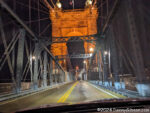 When I drove these two Dixie Highway alignments in 2022, I did them in the reverse order but that’s not the only difference. I could not cross the Roebling suspension bridge southbound because it was closed for a foot race that has since relocated to TQL Stadium. I did not cross it northbound because a slight detour prompted me to abandon the DH in the dark. This year, it was the historic Dixie Highway and the even more historic John A. Roebling Bridge both going and coming.
When I drove these two Dixie Highway alignments in 2022, I did them in the reverse order but that’s not the only difference. I could not cross the Roebling suspension bridge southbound because it was closed for a foot race that has since relocated to TQL Stadium. I did not cross it northbound because a slight detour prompted me to abandon the DH in the dark. This year, it was the historic Dixie Highway and the even more historic John A. Roebling Bridge both going and coming.

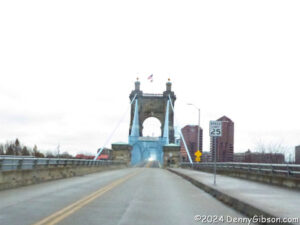
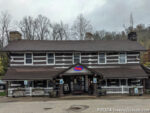
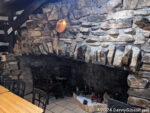


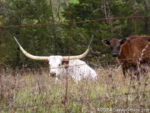
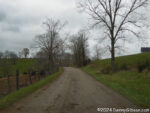
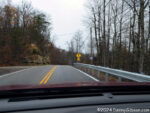


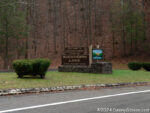

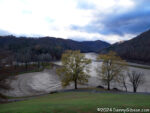

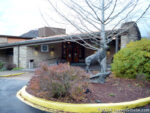
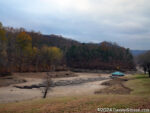
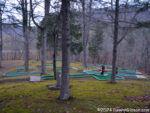

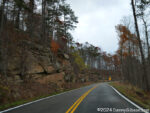
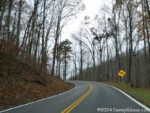


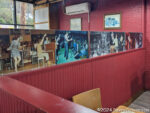
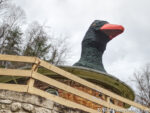
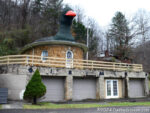
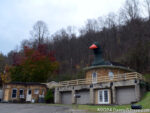
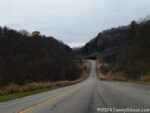
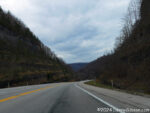

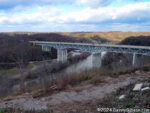
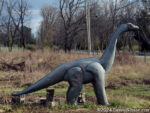
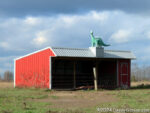

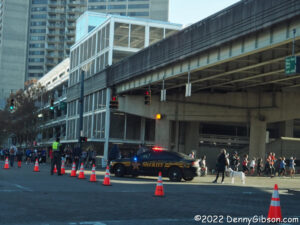

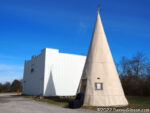
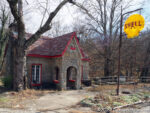



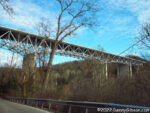

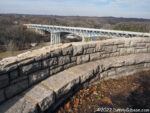

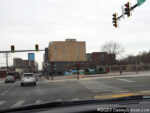

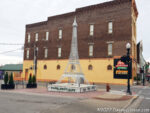
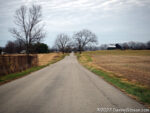
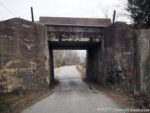
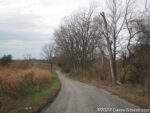
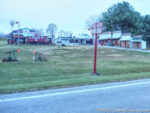

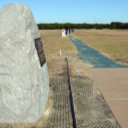
 Just like all but one of my previous books, Tracing a T to Tampa is a travelogue. Unlike any of those books, it is not about following a specific road or reaching specific destinations. It is about following a single specific trip. That trip is one made by my great-grandparents in 1920 in a Model T Ford. Throughout the 1920 journey, my great-grandmother sent a series of letters to her daughter in which town names were often included in her reports of what they were seeing and doing. Those town names allowed me to roughly reproduce their route. There are multiple reasons why my reproduction is a rough one. One is that roads have changed in the intervening years and another is that I usually had to guess at the path they took between the towns my great-grandmother mentioned. Some of those guesses are almost certainly wrong but proving it, should you be so inclined, would not be easy. Parts of the 1920 trip were clearly on the Dixie Highway and National Old Trails Road although neither is identified by name in the letters.
Just like all but one of my previous books, Tracing a T to Tampa is a travelogue. Unlike any of those books, it is not about following a specific road or reaching specific destinations. It is about following a single specific trip. That trip is one made by my great-grandparents in 1920 in a Model T Ford. Throughout the 1920 journey, my great-grandmother sent a series of letters to her daughter in which town names were often included in her reports of what they were seeing and doing. Those town names allowed me to roughly reproduce their route. There are multiple reasons why my reproduction is a rough one. One is that roads have changed in the intervening years and another is that I usually had to guess at the path they took between the towns my great-grandmother mentioned. Some of those guesses are almost certainly wrong but proving it, should you be so inclined, would not be easy. Parts of the 1920 trip were clearly on the Dixie Highway and National Old Trails Road although neither is identified by name in the letters.
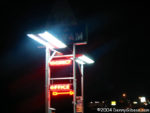
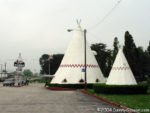

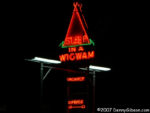
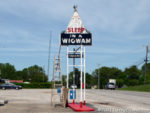
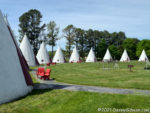
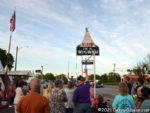
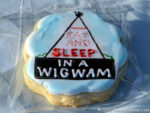
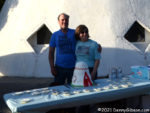
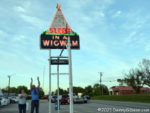
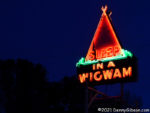
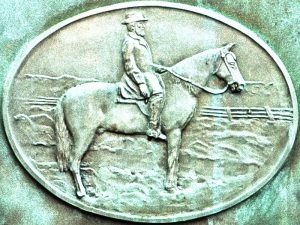 Like the Madonna of the Trail monuments in
Like the Madonna of the Trail monuments in 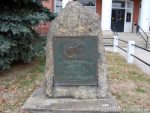
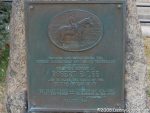
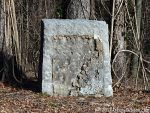
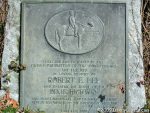
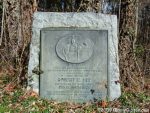

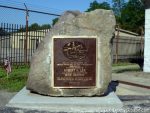
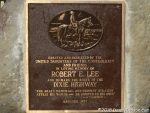

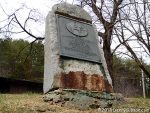
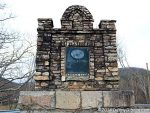
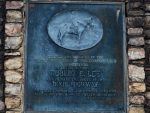
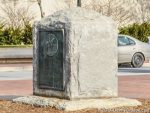
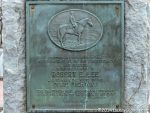
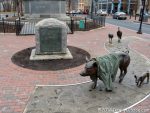
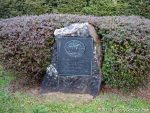

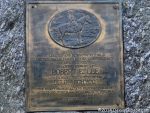
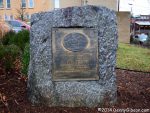

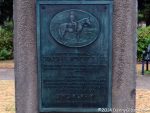
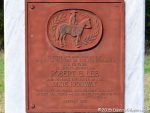
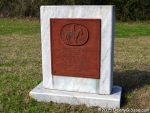
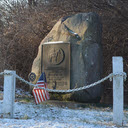
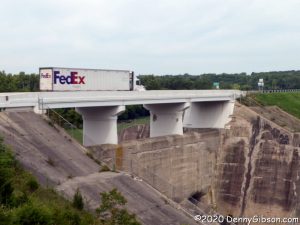
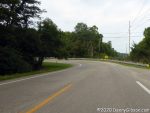


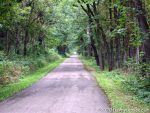
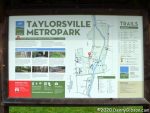

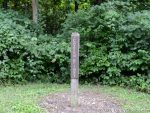
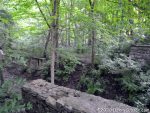


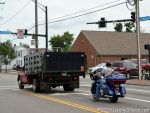
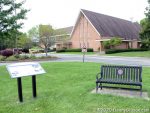
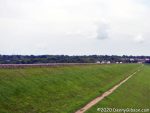
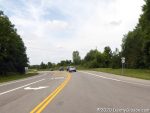

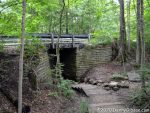
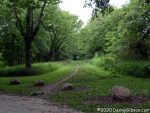
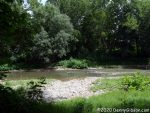



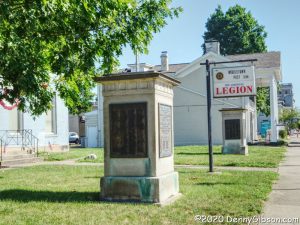


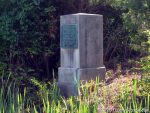
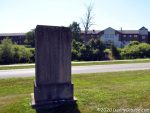
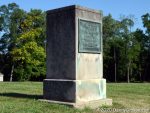
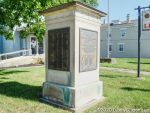
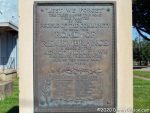
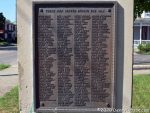
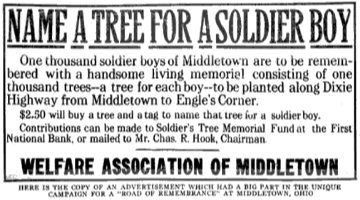 References to the Middletown Road of Remembrance often mention a thousand trees lining a mile of roadway. Both seem to have been considerably exceeded. The markers that now stand at the Legion, originally stood at 14th and Main. The southern markers originally stood about a mile and a half away at Oxford and Main. Plans to construct arches over the road where the markers stood were mentioned, but I’ve seen nothing to indicate that ever happened. Middletown’s Road of Remembrance was dedicated on Labor Day, September 6, 1920, and there are possibly legitimate claims that this was the nation’s first Road of Remembrance to be completed. The ad image is from
References to the Middletown Road of Remembrance often mention a thousand trees lining a mile of roadway. Both seem to have been considerably exceeded. The markers that now stand at the Legion, originally stood at 14th and Main. The southern markers originally stood about a mile and a half away at Oxford and Main. Plans to construct arches over the road where the markers stood were mentioned, but I’ve seen nothing to indicate that ever happened. Middletown’s Road of Remembrance was dedicated on Labor Day, September 6, 1920, and there are possibly legitimate claims that this was the nation’s first Road of Remembrance to be completed. The ad image is from 
